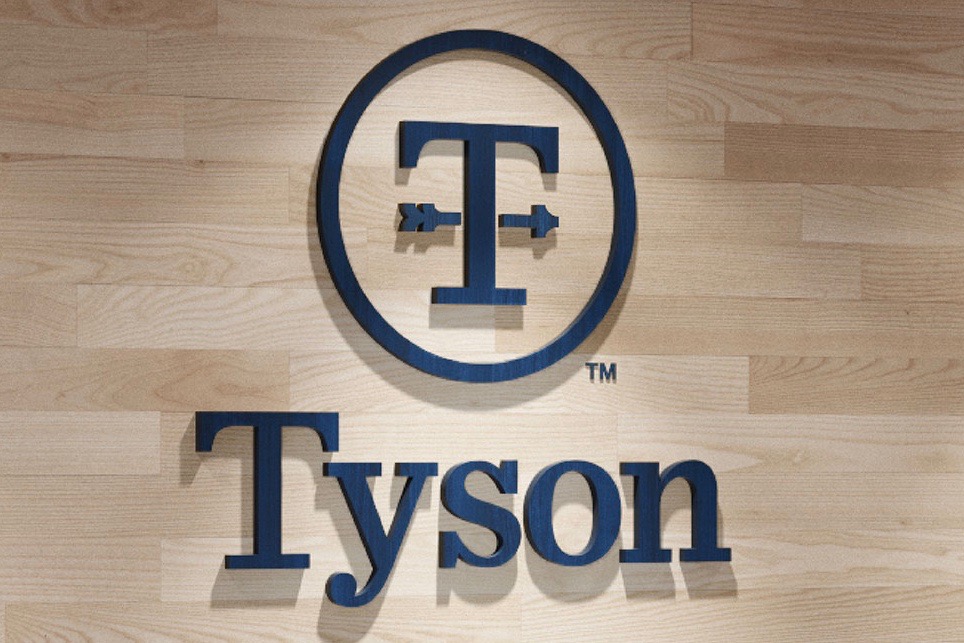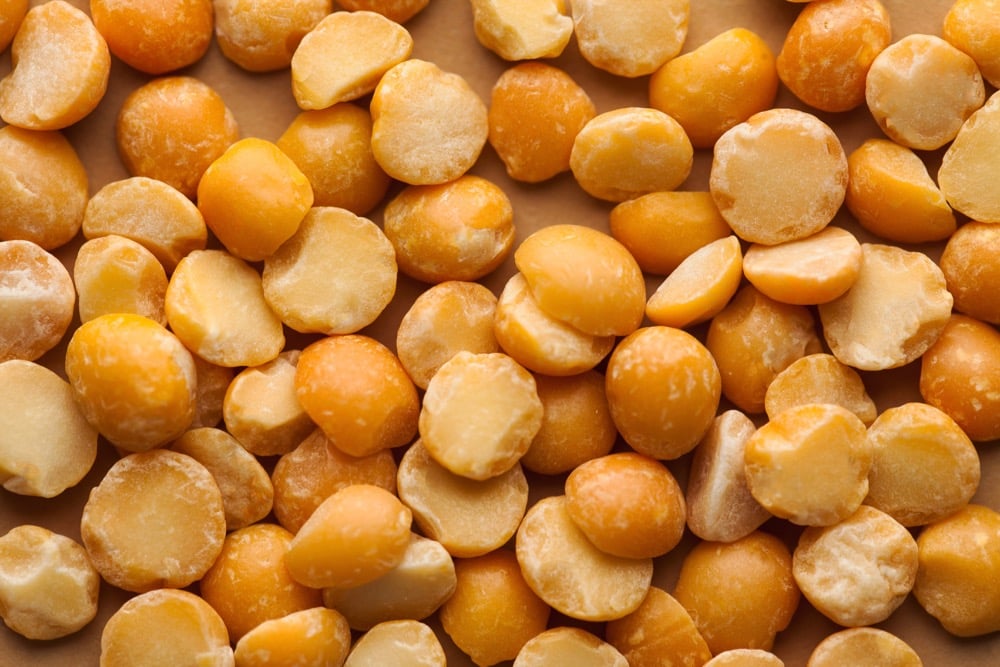Unclear when tight US cattle supplies will expand, Tyson CEO says

Chicago | Reuters—Tyson Foods cannot predict exactly when U.S. ranchers will start rebuilding the cattle herd in a meaningful way, CEO Donnie King said on Wednesday, as tight supplies squeeze the meatpacker’s beef business.
Producers slashed the herd to its lowest level in decades due to high feed costs and drought in the western United States, increasing the prices Tyson must pay to buy livestock for processing.
Lower costs for grains fed to cattle and improved conditions for grazing are encouraging factors for increasing the U.S. herd, though high interest rates are a headwind, King said at a BMO Global Farm to Market Conference.
Read Also

GFI closes Saskatchewan operations
Global Food and Ingredients, a plant-based and plant protein company with facilities in Saskatchewan, has announced a “wind down” of its business operations. A May 7 news release on the GFI website says the company cannot service its outstanding debts.
Tyson’s beef business, its biggest segment, suffered an adjusted operating loss of $151 million in the six months to March 30, compared to income of $137 million a year earlier.
Brazil’s JBS, the world’s largest meatpacker, also said on Wednesday that it continues to see reduced cattle availability in the United States and demand constrained by higher beef prices.
Improvements in Tyson’s chicken business are offsetting difficulties in beef, King said, after it shut six U.S. chicken plants since the start of 2023. Poultry diseases and other issues are constraining U.S. chicken production, he said.
“We see today the industry trying to supply more birds but there’s been a little bit of bumping our heads against the ceiling,” said John R. Tyson, chief financial officer. That is “constructive for chicken margins,” he added.
Feed is generally the biggest cost for raising poultry, and corn and soy prices hit three-year lows this year. Farmers are now planting crops that will be harvested in the autumn, after a record corn harvest in 2023.
“Even though we’re still early in the planting season, I think everyone is comfortable and confident about where production is headed this year,” John R. Tyson said.
“It’s possible that we’re getting back into those pre-Covid levels or 10 years ago, where corn was trading $4 minus, as compared to where we were a year ago, above $6.”
Chicago Board of Trade December corn futures CZ24 traded just below $5 per bushel on Wednesday.
—Additional reporting for Reuters by Granth Vanaik in Bengaluru
Source: Farmtario.com

